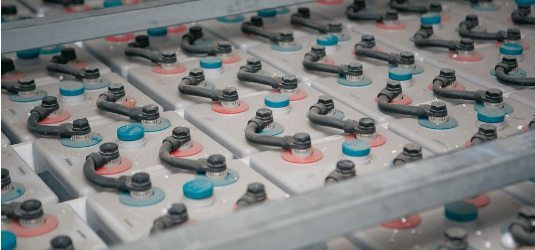The increase in new installations was mainly due to a 40% drop in prices over the past three years. German solar association Bundesverbands Solarwirtschaft expects their number will double to 100,000 in 2018.

According to provisional figures provided by German solar energy association Bundesverbands Solarwirtschaft (BSW-Solar), there are now approximately 52,000 operational storage systems serving PV installations in Germany. This number corresponds to a capacity of approximately 300 MWh, a BSW spokesperson told pv magazine.
Last year, the association said, about 20,000 new storage systems were installed in the country. This growth was mainly attributable to an increasing demand for self-consumption, as well as to decreasing prices.
BSW-Solar finds that prices for solar storage systems in Germany dropped by around 40% over the past three years. The association, however, has not provided specific numbers about current market prices.
Furthermore, BSW-Solar reports that one out of two individuals who plan to install a residential PV system also intends to install a battery technology. The association added it remains quite optimistic about the future of solar+storage in Germany, and that an increase in demand for this technology over the next two years is very likely.
The association forecasts that in 2018 the number of installed solar storage systems in Germany could surpass 100,000.










